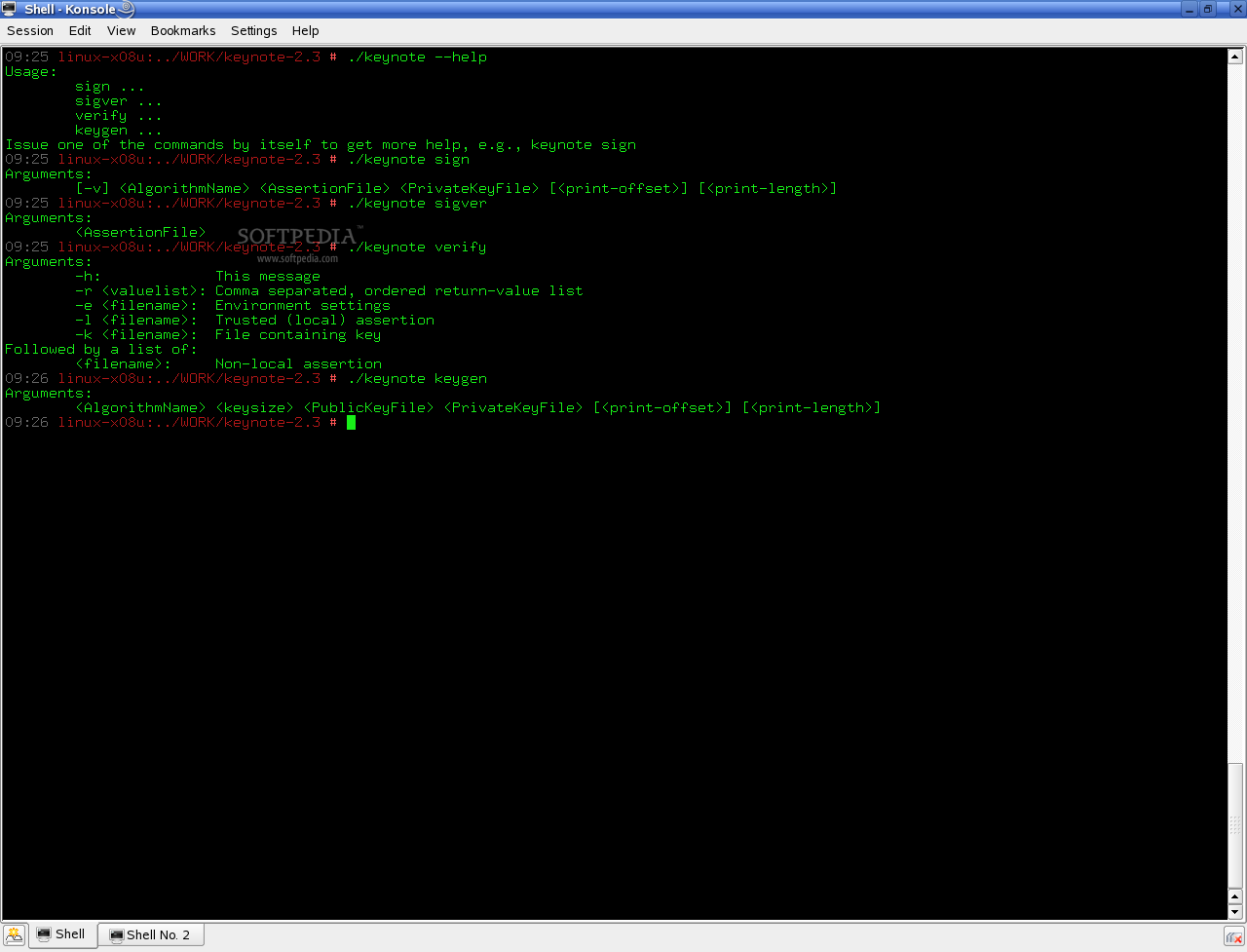Description
KeyNote
KeyNote is a cool and flexible trust-management system that works great for different apps. It's designed to help manage security in an easy way.
What is Trust Management?
Trust management started with the PolicyMaker system. It’s all about setting up and understanding security rules, credentials, and relationships. This system lets you directly authorize actions that are super important for security. Basically, a trust-management system gives you standard ways to set up security rules and credentials for your applications.
Understanding Key Concepts
- Actions: These are operations that have security impacts and need control by the system.
- Principals: These are the entities (like users or systems) that can be authorized to perform actions.
- Policies: This is a way to specify what actions principals can do.
- Credentials: These let principals delegate their authorization to others.
- Compliance Checker: This checks if an action requested by a principal should happen based on policies and credentials.
The Benefits of Trust Management
The trust-management approach has some big perks compared to other methods of managing authorization, especially when dealing with networks where policies are spread out or decentralized. It combines security policy, credentials, access control, and authorization into one neat package!
Simplifying Security Across Applications
If an application uses KeyNote, it can simply ask the compliance checker if a request should be allowed. Policies and credentials use standard languages shared by all trust-managed applications. So even if different apps work in unique ways, they still follow the same structure for managing security!
Easier Distribution of Policies
This makes it easier to share trust-management policies across networks without needing complicated setups like access control lists or certificate parsers!
A Closer Look at KeyNote
KeyNote is flexible enough for both big and small Internet-based applications. It uses one simple language for local policies and credentials called assertions. These assertions describe trusted actions allowed by public keys.
The Cool Features of KeyNote:
- You specify actions as name-value pairs.
- You can name principals any way you want; they can even represent cryptographic public keys!
- The same concise language is used for both policies and credentials.
- This language is easy to read/write and works with different storage methods including email!
- The compliance checker tells you how your requests should be handled efficiently enough for real-time use!
If you're looking to get started with KeyNote, this document will guide you through its policy language, action descriptions, and computation model!
User Reviews for KeyNote FOR LINUX 7
-
for KeyNote FOR LINUX
KeyNote FOR LINUX provides a unified trust-management system with concise, expressive language for specifying policies and credentials across networked applications.
-
for KeyNote FOR LINUX
KeyNote has transformed how I manage trust in my applications! It's simple, flexible, and incredibly effective.
-
for KeyNote FOR LINUX
Absolutely love KeyNote! The compliance checker is efficient and the policy language is so easy to understand.
-
for KeyNote FOR LINUX
KeyNote is a game changer for security management. The unified language for policies and credentials is brilliant!
-
for KeyNote FOR LINUX
This app simplifies trust management like no other. It’s user-friendly and highly effective for all scales of applications.
-
for KeyNote FOR LINUX
KeyNote's approach to trust management makes it stand out. Highly recommend it for anyone needing robust security!
-
for KeyNote FOR LINUX
I can't believe how easy KeyNote makes managing trust in my apps. Efficient, clear, and very powerful tool!

